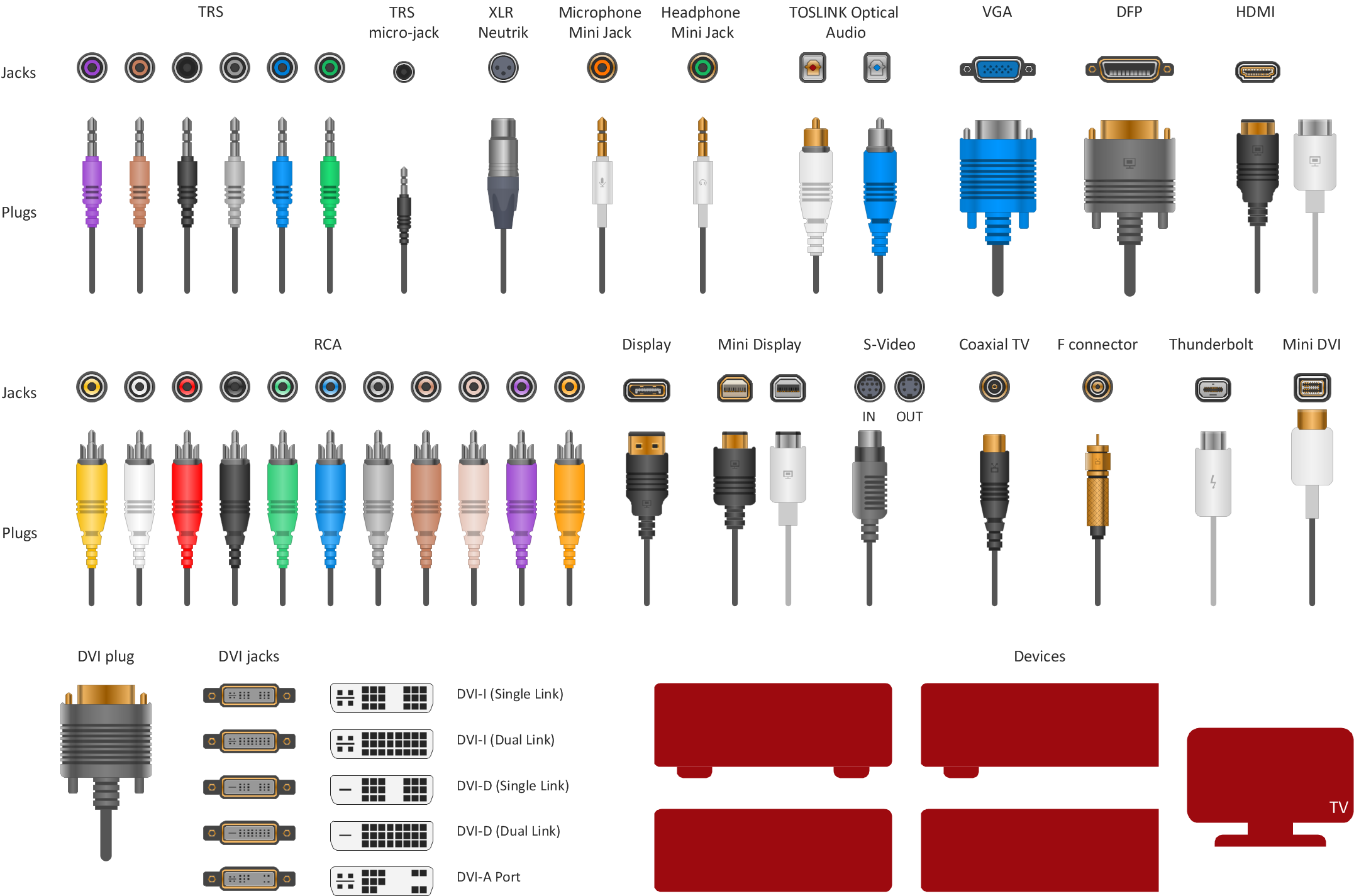Transforming Broadcasting through Innovative Audio via IP Solutions toward a Integrated Future
Wiki Article
This realm of media is undergoing a significant shift thanks to cutting-edge audio via IP (AoIP) solutions. These advancements are changing how audio programming is created, distributed, and received. Audio over IP refers to the method of sending audio signals over a digital network, utilizing Internet Protocol (IP) instead of traditional analog techniques. This change not only improves the quality of audio delivery but also offers broadcasters with more flexibility and authority over their content.
One key advantage of audio over IP technology is its capability to connect multiple devices and technologies efficiently. Traditional broadcasting frequently relied on intricate wiring and tangible links, which could be cumbersome and restrictive. With AoIP, broadcasters can easily interface mics, mixers, and additional equipment through a shared network. This convergence allows for remote broadcasting and live transmissions from virtually any location, making it easier to connect with listeners across the globe. As a result, broadcasters can respond quickly to ongoing issues and audience requests, leading to more dynamic and engaging content.
Additionally, AoIP technology supports high-quality audio formats that enhance the auditory experience. Unlike traditional broadcasting techniques, which may compromise sound quality, audio over IP can maintain the integrity of the audio signal throughout the transmission procedure. This implies that audiences can experience crisper and richer sound, regardless of whether they are listening in via terrestrial radio, broadcasting over the internet, or using portable devices. The capability to provide premium audio is particularly crucial for musical and discussion programs, where every detail matters to the listeners.
Additionally, the adoption of audio over IP systems can lead to financial efficiencies for broadcasters. By using existing network infrastructure, organizations can eliminate the need for costly hardware and large-scale cabling. This not only lowers initial costs but also decreases operational expenses over time. Broadcasters can allocate resources more efficiently, investing in production this page and human resources growth. As a consequence, the entire media industry can benefit from increased innovation and creativity, as funds are reallocated toward enhancing programming and interacting with listeners.
In conclusion, the shift towards audio over IP technologies is transforming the media landscape. By allowing smooth connections, enhancing audio quality, and reducing costs, AoIP is clearing the path to a better connected future in media. As broadcasters continue to adapt to these changes, they will be more prepared to satisfy the demands of their listeners, create compelling content, and stay competitive in an ever-evolving industry. The prospects of broadcasting is bright, and audio over IP will play a key role in defining how we interact with audio programming in the future to follow.
